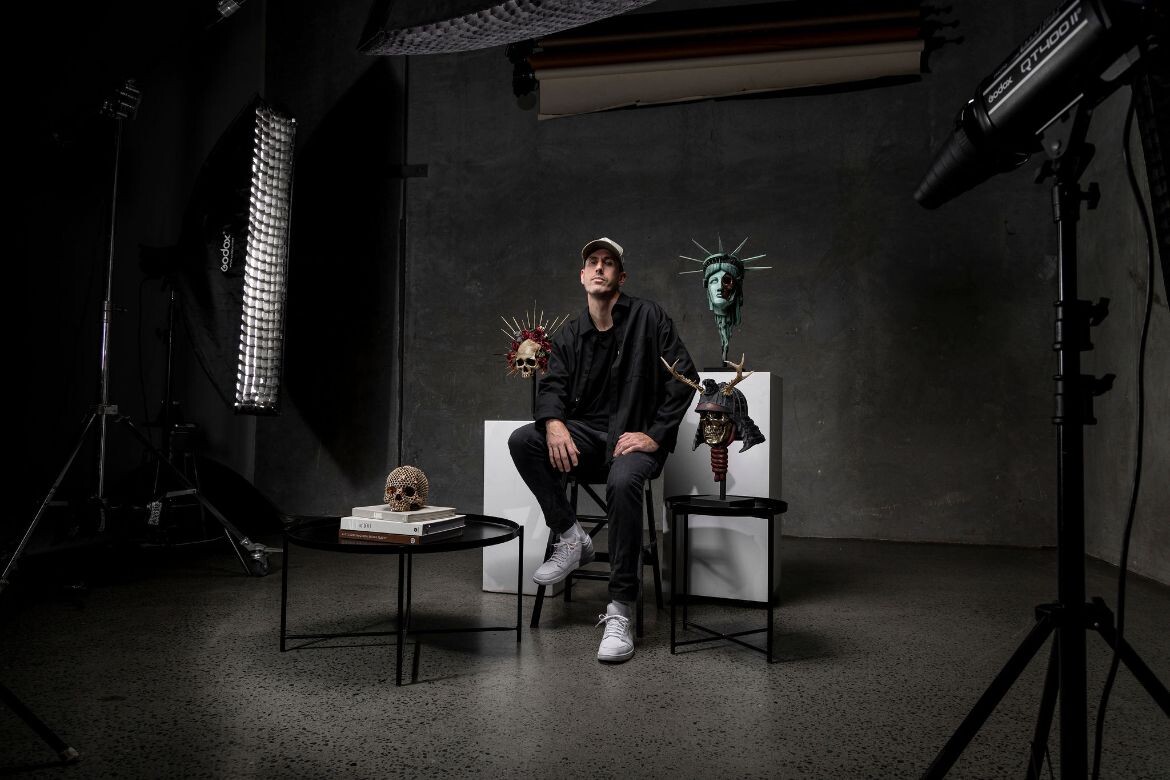Can you share some of your process – how you translate concepts into a finished piece?
I start my process by collecting a few images of inspiration for the subject I’m creating, sort of like a mood board. Then I brainstorm to conjure up an idea in my head and hash it out straight onto clay. Contrary to what people assume, I don’t sketch or design any of my ideas. It goes straight from my head into the clay in a very organic process.
Each new sculpture is an amalgamation of hundreds, if not thousands, of smaller micro-decisions made during the sculpting process. I’ve adopted a process that’s a modification of what you’d see in a special FX studio. By creating a matrix mould and casting it in a urethane resin, my materials allow me to replicate the look of steel, stone and bone. After the cast has been cleaned up, it’s ready for paint. Painting is the final step of the process before we package everything up ready to ship out all around the world!
As a self-taught artist, how have you seen your sculpting skills and techniques change over time?
I had zero experience in the art world when I first started. It’s meant that over the last decade or so, trial and error have guided me to develop every moulding and painting technique.
Every time I make a mistake, I’ve ventured into the unknown to explore untested processes based on curiosity alone. Sometimes I pull inspiration from techniques I learnt during my boat-building days. Other times from YouTube. And then there are the ones I’ve invented myself.
Over the years, my sculpting skills have evolved by experimenting with new mediums. What you see in my work today is the product of a decade-long evolution – an exploration of methods and materials, fuelled by my unquenchable curiosity to push boundaries and see what happens.
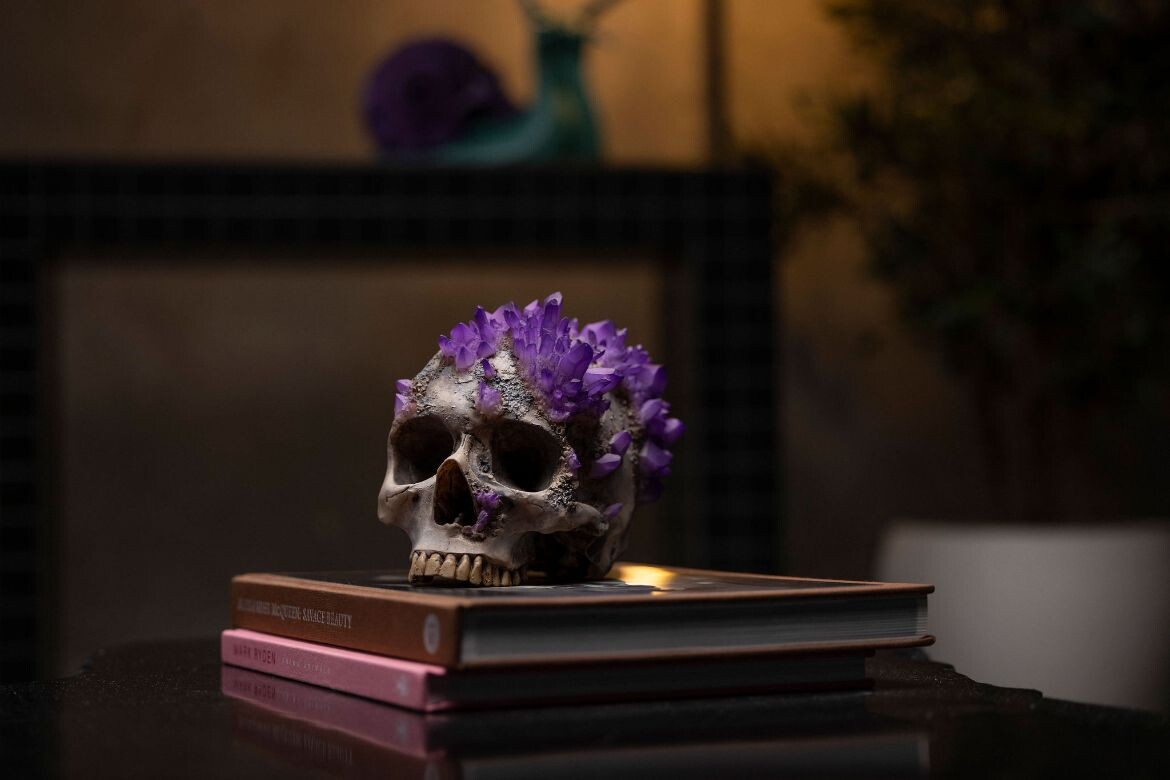
What advice would you give to your younger self?
Okay, it’s not necessarily advice. But I’d tell my younger self: “Well done! You backed yourself and ignored the naysayers. You saw something special within yourself and chose to sacrifice everything to see where the path led, and for that I am grateful.”
What are some of the different materials you work with and how do they differ?
When I first started sculpting, I was mainly using Sculpey, then I moved onto Monster Clay and Chivant. More recently, my clay of choice is Wed Clay, which is water-based. Each clay has its place and lends itself to a different look and style.
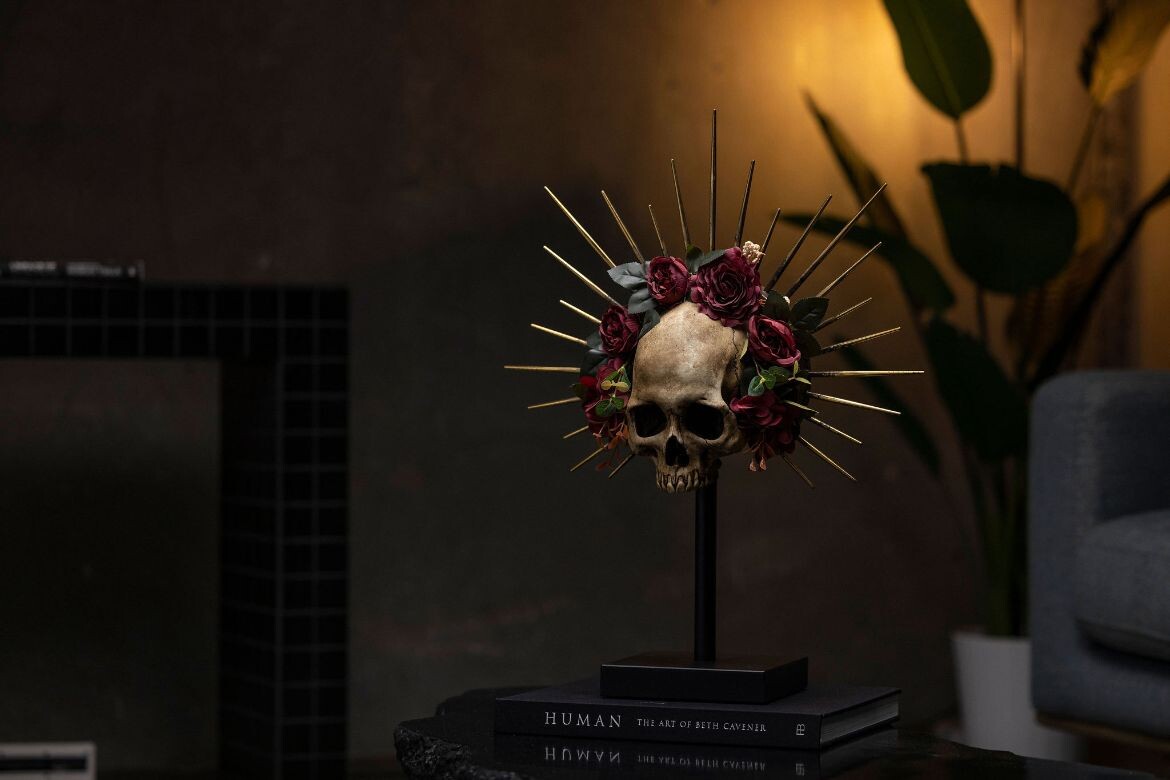
Super Sculpey is my clay of choice for smaller pieces that require extremely intricate detail. It’s quite easy to work with and almost has the feel of bubble gum but can be baked into a hard surface which is great for molding.
Monster Clay is my choice of clay for full face portraits. This clay takes a little longer to work with, but it’s the best suited to medium-sized sculptures. It’s heat activated, so when it’s cold it’s hard and when its warm it’s soft. 4 minutes in the microwave will turn this clay into a liquid with almost the viscosity of water.
Last but not least is Wed Clay, which is a water-based clay that starts off soft and hardens to a stone like finish when it dries out. But if it gets too dry, it will start to crack and breakdown, so it must be kept moist at all times by using a little spritz of water every now and then.
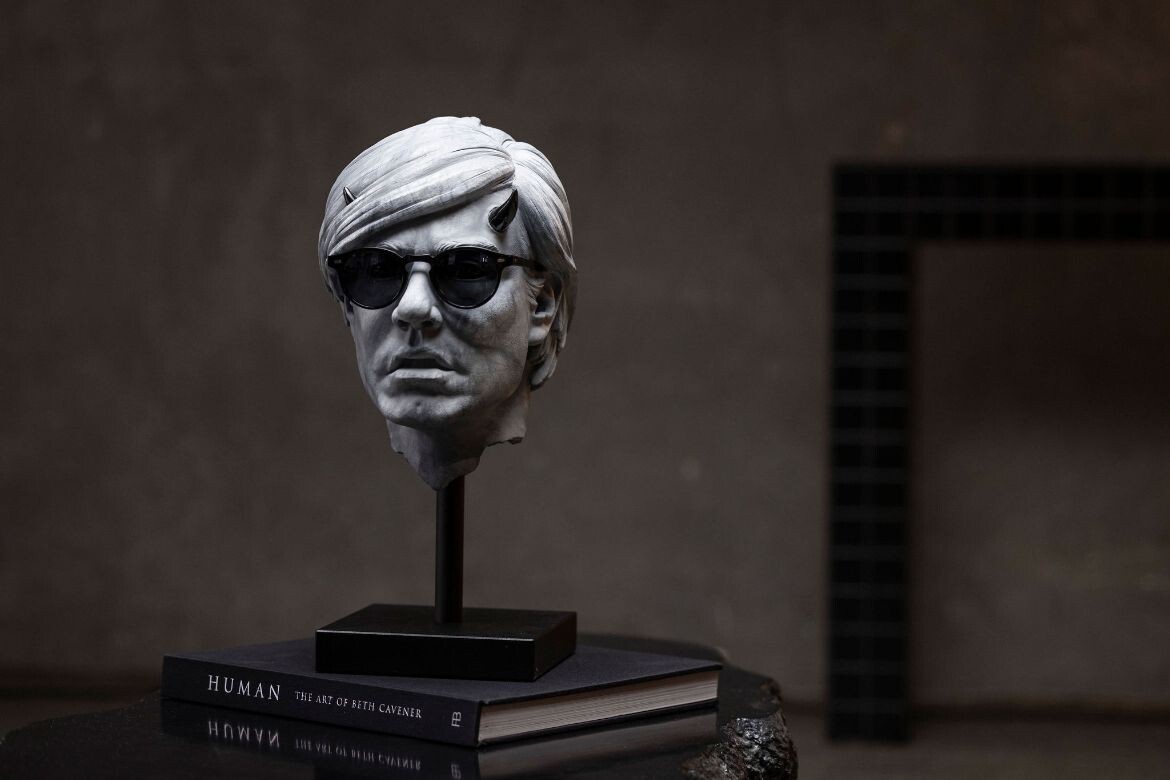
What value do you see art bringing into the home?
I think self-expression is one of the many joys of life, as it becomes a part of our personality and identity. Everyone has a different style, which can be expressed visually through artwork. I believe my pieces bring a sense of ‘home’ to homes with subjects that resonate with its collector’s identity.
What are some of your favourite things in your home?
I would have to say it’s the art that I collect from the people I admire such as Jim Mckenzie, Harow, Joel Ria, Taskonerus, Opake and Eva Gamayun. Also, I have a bit of a thing for coffee table books from Beeble, Mark Ryden, Mc Escher, Salvador Dali, Supreme, Takashi Murakami, Damien Hirst and Beth Cavener. I’m sure it comes as no surprise, but some of my most valued objects are the sculptures that I’ve created. Because I see a piece of me in them, too.
Photography by Mathew McFerren
Jack of the Dust
jackofthedust.com
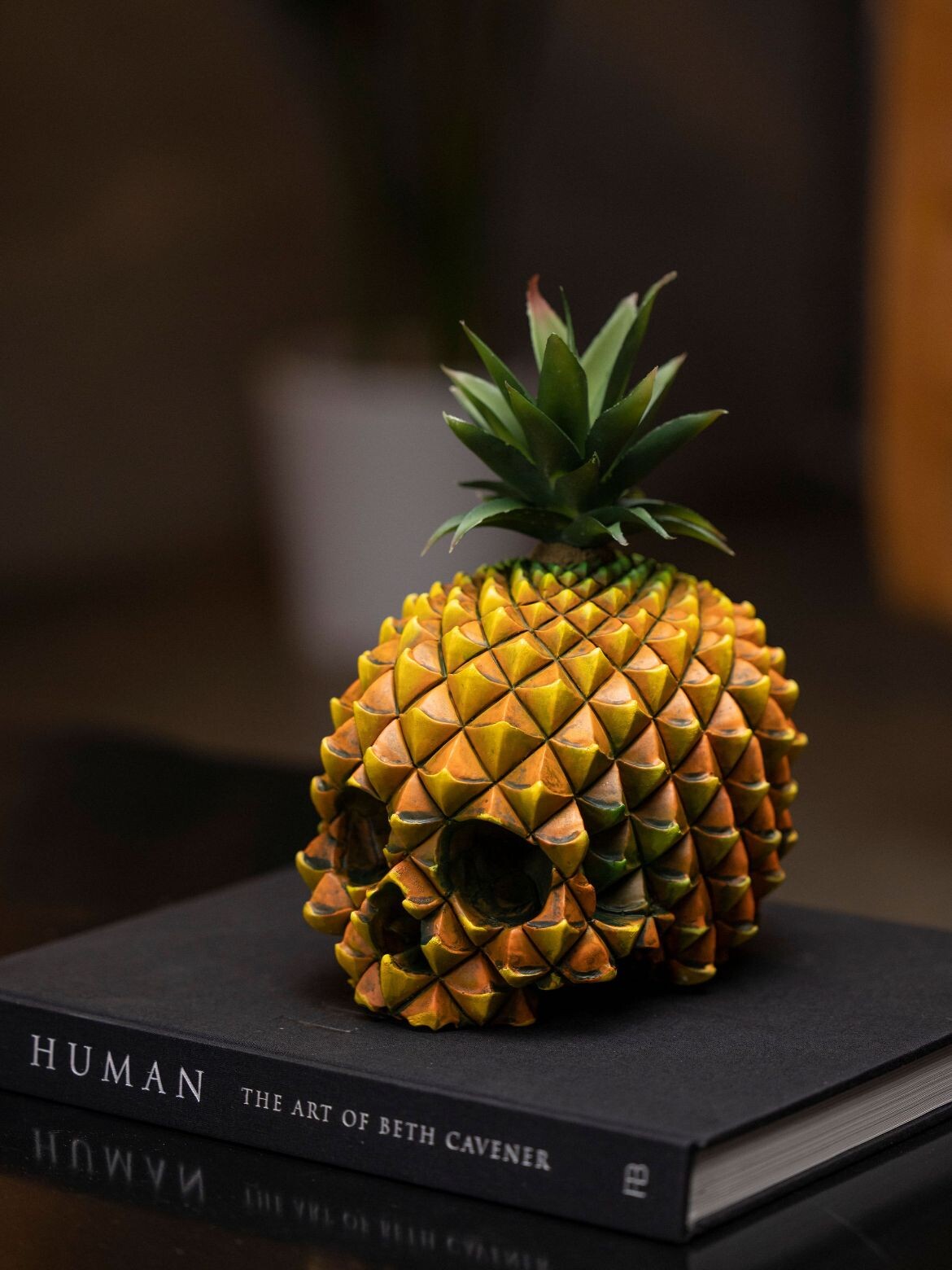
We think you might also like this story on Mika Utzon Popov’s bronze sculpture

